Key takeaways
XRP ETF talk has moved from Crypto Twitter to Wall Street trading desks.
Analysts say the first few months of inflows could top $1 billion.
SEC rule changes have streamlined spot crypto fund listings.
Approval isn’t guaranteed, but momentum is building fast.
Talk of a spot XRP (XRP) exchange-traded fund (ETF) has shifted from Crypto Twitter to real trading desks.
Two factors are driving it. First, ETF specialists Nate Geraci and Bitwise chief investment officer Matt Hougan say the market is underestimating demand for a spot XRP ETF. Geraci has warned that investors are “severely” underestimating the flows, and Hougan has said the fund could reach about $1 billion in assets within its first few months of trading.
Second, the US market infrastructure for spot crypto funds has evolved. The Securities and Exchange Commission (SEC) has adopted generic listing standards that shorten the approval path for certain spot crypto ETFs, and exchanges have already begun listing altcoin products under the new framework.
None of this guarantees an XRP approval, but it explains why the conversation has turned serious.
What is a spot XRP ETF?
A spot XRP ETF would hold XRP with a qualified custodian and issue shares that track the fund’s net asset value through the standard creation and redemption process. This structure matters because it allows XRP exposure within brokerage accounts, adviser model portfolios and retirement platforms, offering familiar reporting and tax treatment.
It’s different from a futures-based product, which tracks derivatives rather than the asset itself and can diverge from spot prices. The SEC’s September 2025 rule change didn’t approve every crypto ETF, but it created a uniform starting line instead of one-off approvals.
Where US approvals stand
In mid-September 2025, the SEC adopted generic listing standards allowing major exchanges to list certain spot crypto exchange-traded products (ETPs) under a uniform rule set instead of one-off approvals. The change streamlined the listing process but did not remove regulatory oversight or review for non-qualifying products.
Then came the October government shutdown, which slowed staff reviews. Even so, a handful of altcoin spot products, including Litecoin (LTC) and Hedera (HBAR), moved forward through existing pathways. Those should be seen as edge cases, not a blanket approval.
For XRP, several well-known issuers have already filed or signaled their intent. Timelines may still shift as the SEC considers three familiar questions:
Surveillance: Are markets monitorable and resistant to manipulation?
Custody: Is asset safekeeping robust and insured?
Investor protection: Will pricing and disclosures hold up in the real world?
In short, the road is open, products are queued, but no US spot XRP ETF has received approval yet.
How big could flows be?
The bullish case rests on three factors:
Distribution: Advisers prefer ETFs over opening exchange accounts for clients. An ETF unlocks registered investment adviser and retirement channels.
Infrastructure already built: Authorized participants, market makers and surveillance agreements established for Bitcoin and Ether (ETH) ETFs can extend to other spot products.
A distinct thesis: XRP’s long-standing pitch centers on cross-border payments and settlement, giving allocators a narrative distinct from Bitcoin’s “digital gold.”
Based on that setup, Geraci and Hougan argue that first-wave demand could exceed expectations, potentially surpassing $1 billion early on. It’s a projection, not a promise, but it explains why trading desks are already modeling scenarios.
What could hold it back?
Even with generic standards, approval isn’t automatic. The SEC can still question whether spot XRP markets are sufficiently resistant to manipulation and whether surveillance sharing is robust. It may also review whether custody and insurance arrangements are adequate and whether pricing sources are reliable across venues.
The government shutdown created backlogs that may cluster decisions until later in the year. The road is shorter than it was in 2023-2024, but it still has checkpoints.
Getting XRP exposure today (before any US ETF)
Investors outside the US already have access to physically backed ETPs that hold XRP directly.
Two of the largest are 21Shares XRP ETP (AXRP), listed on the Swiss Stock Exchange, and CoinShares Physical XRP, available on various European exchanges. These are not US ETFs; they are locally governed ETPs with different investor protections and tax treatment.
US investors can also buy XRP on compliant cryptocurrency exchanges, but that route involves self-custody decisions, exchange counterparty risk and fragmented trading venues.
So, is XRP “the new Bitcoin?”
That’s the wrong way to think about it.
Bitcoin’s investment story centers on scarcity and macro hedging, while XRP’s focuses on payments infrastructure and fast settlement. If an XRP ETF launches, it will not replace Bitcoin’s role. It would broaden the menu for advisers seeking a payments-themed allocation within traditional accounts.
Pricing and liquidity will still depend on the underlying spot markets and the ETF’s ability to track them closely. Creation and redemption efficiency, spreads and market-maker depth will all play a role.
XRP’s ETF moment: Closer, but not there yet
Indeed, Wall Street’s interest in an XRP ETF is not just clickbait. The mechanics are now familiar, the distribution channels are in place, and credible analysts believe demand could surprise to the upside.
But the SEC still needs to approve the product, and timing can shift with staffing changes and market-quality reviews. If you’re tracking this story, separate approval odds from the investment case: watch the filings, understand how the ETF would hold and price XRP, and be clear about the differences between US ETFs and non-US ETPs available today.
This article does not contain investment advice or recommendations. Every investment and trading move involves risk, and readers should conduct their own research when making a decision.

 9 hours ago
1
9 hours ago
1


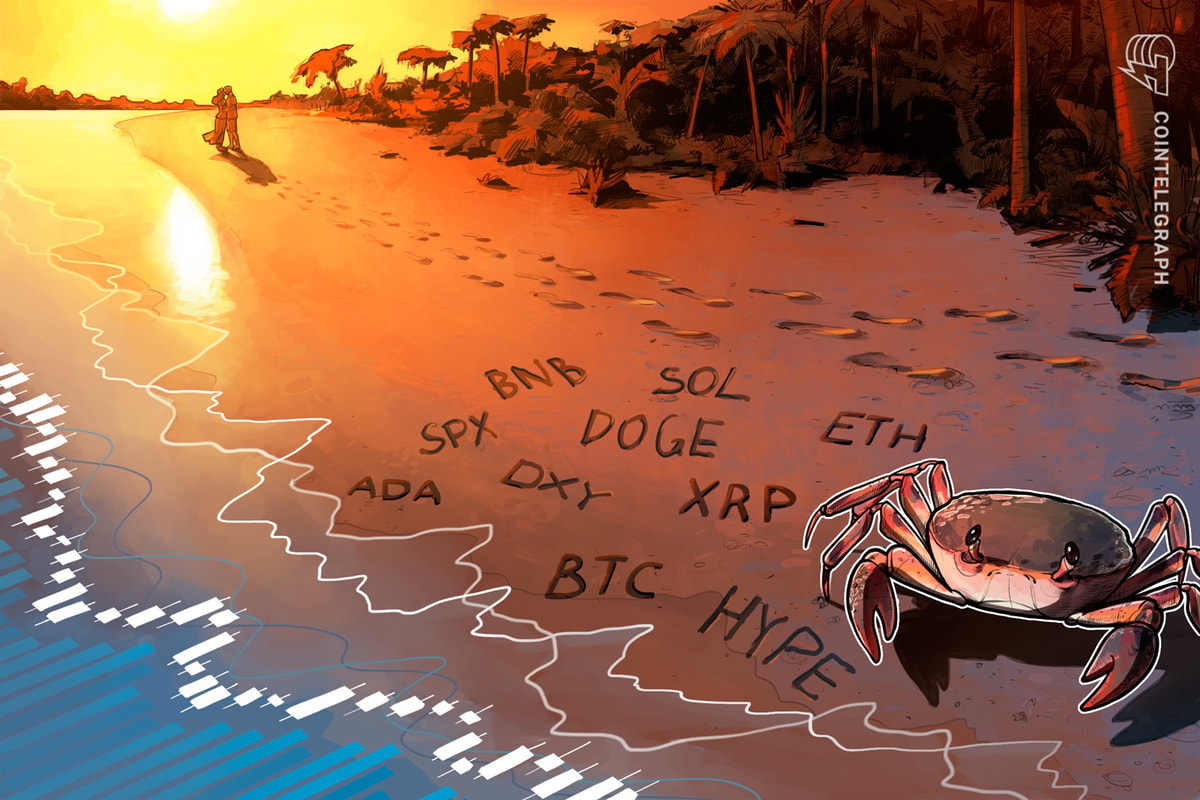



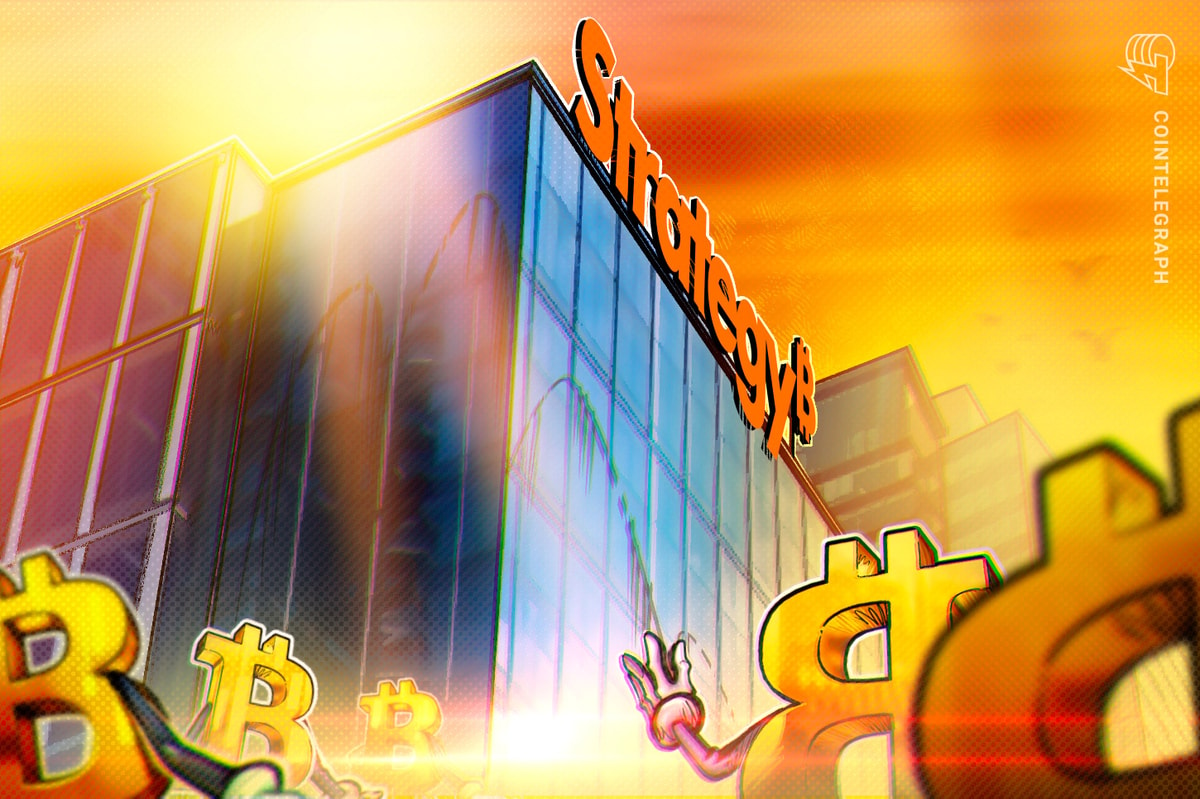
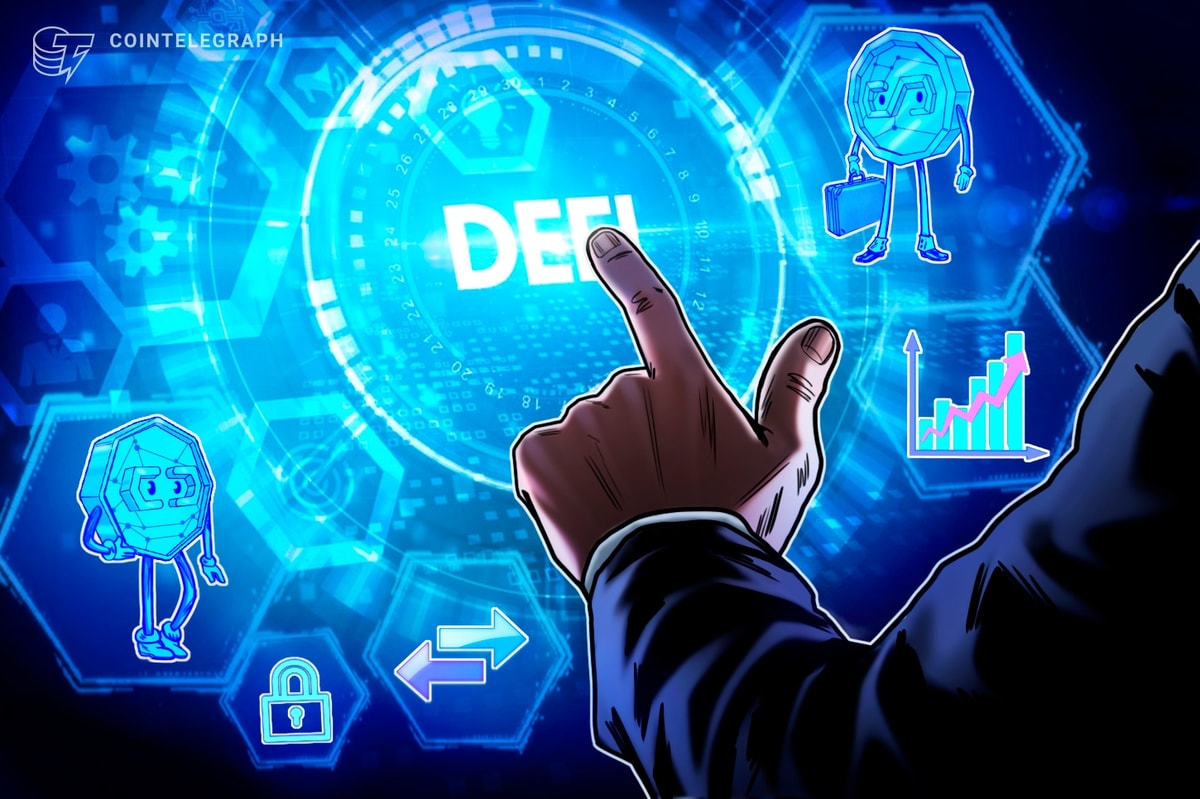
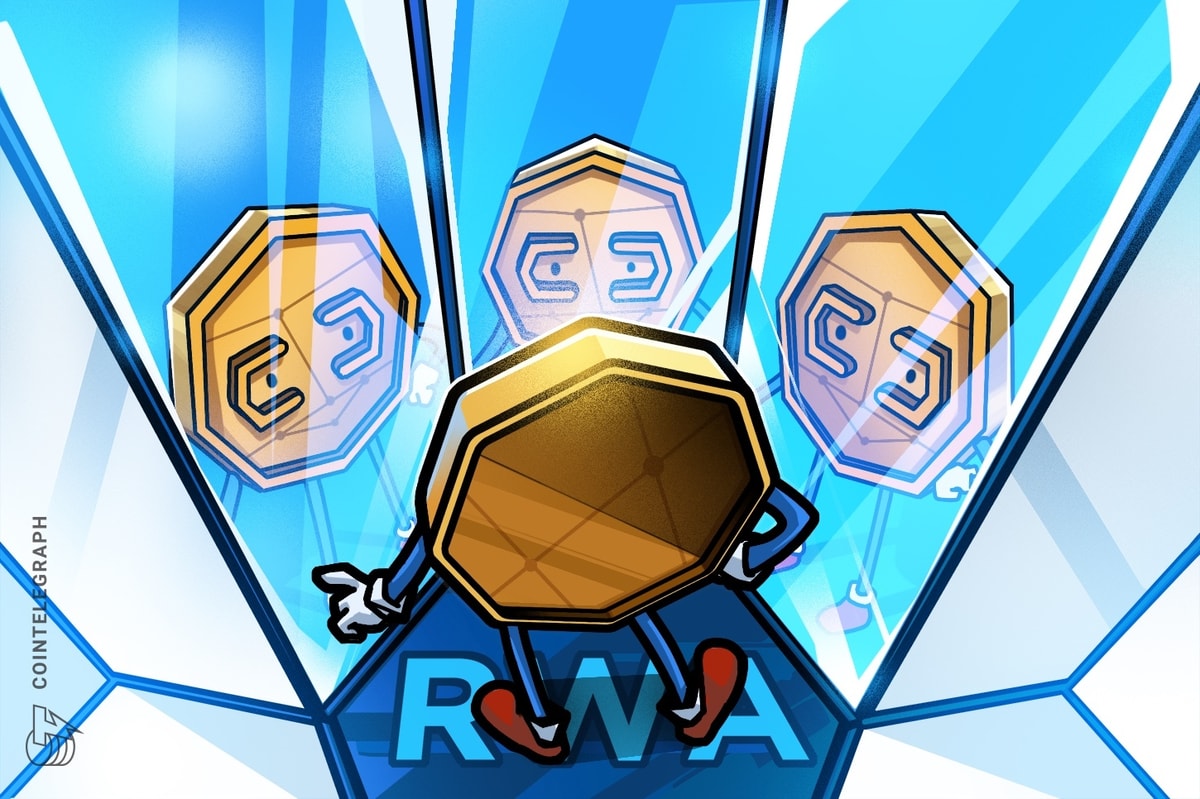
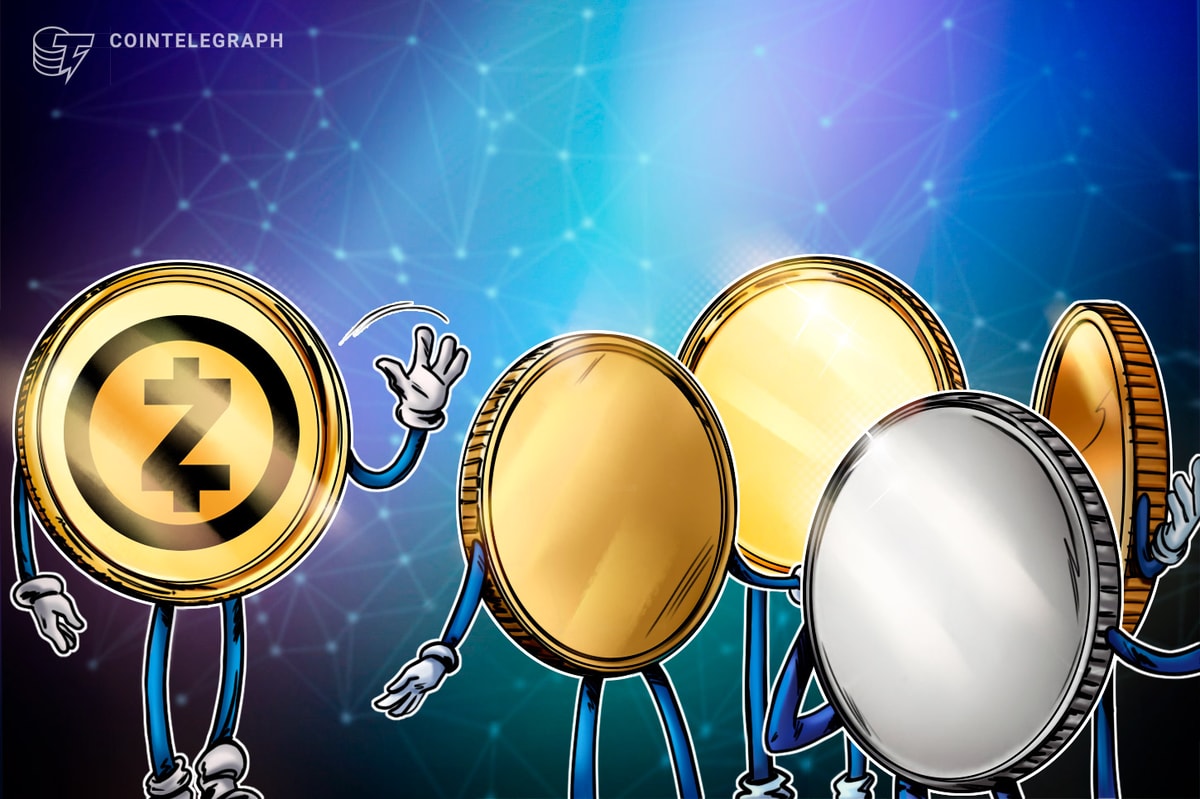
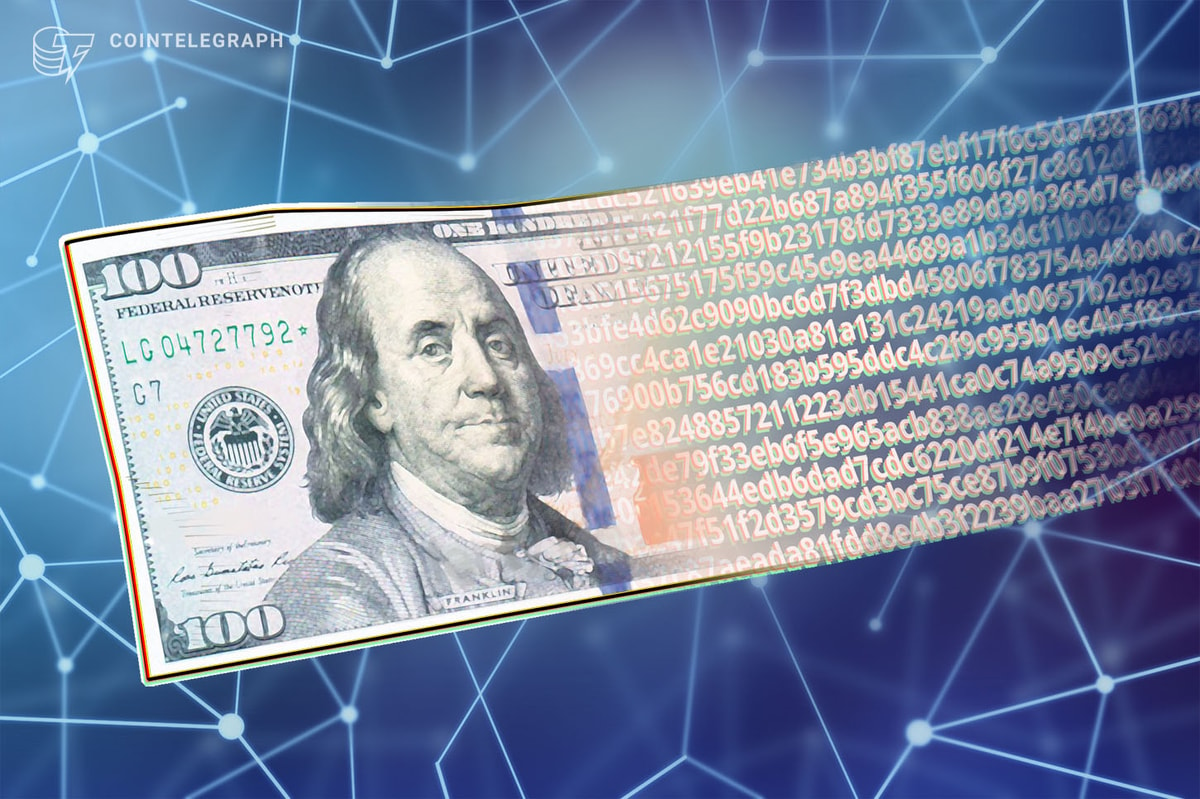



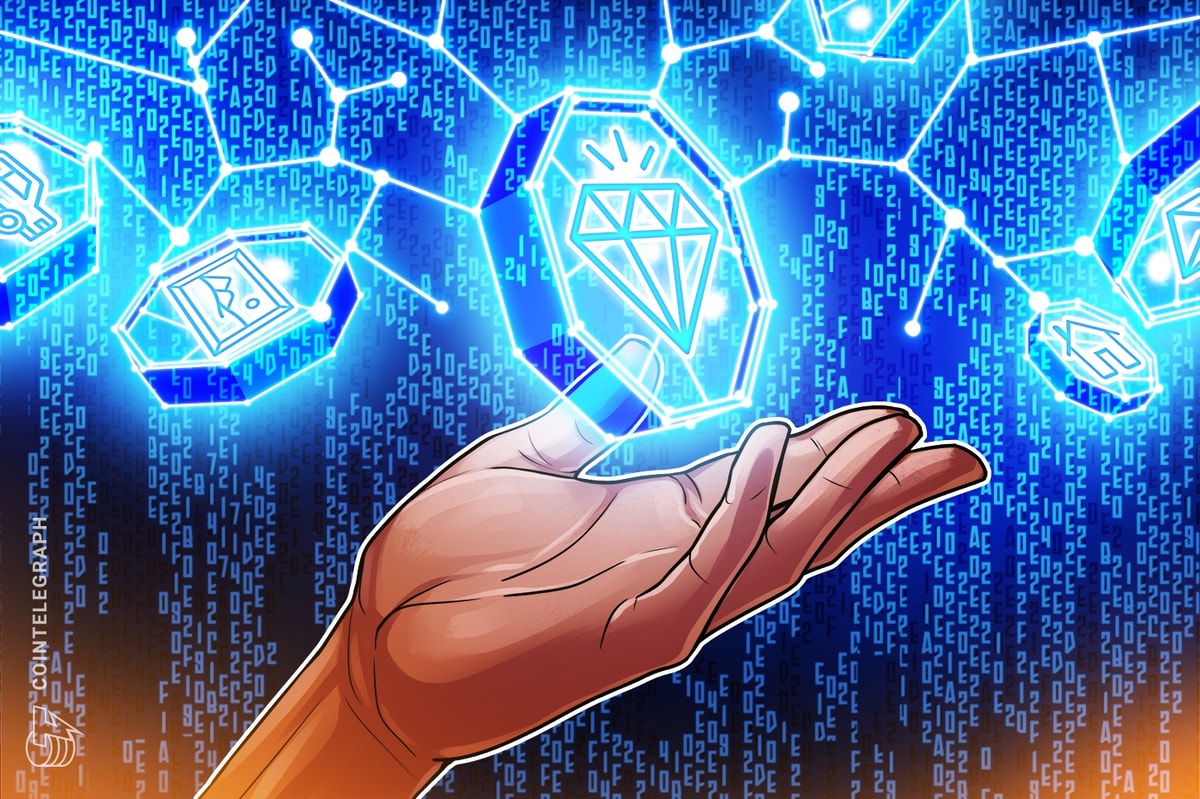



 English (US) ·
English (US) ·